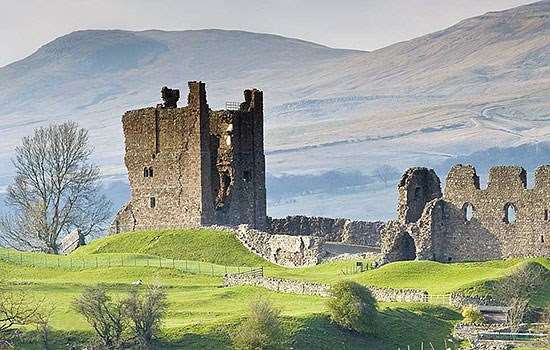History of Blakeney Guildhall
The picturesque village of Blakeney was the third most important port in Norfolk when the Guildhall was built in the 15th century, yet few buildings survive from this prosperous period. The Guildhall’s flint and stone construction reflects its own importance and that of Blakeney itself.

Origins
The building may originally have been a merchant’s house but was home to Blakeney’s guild of fish merchants by 1516 when they were granted a charter by Henry VIII. The building subsequently had a surprising variety of uses. It is shown on a map of 1682 with a castellated upper storey, though this part of the building, perhaps used as an inn, later fell into disrepair.
In the mid-19th century the undercroft was used for storing coal, which was traded along the coast between Newcastle and London. By the end of the 19th century the haven began to silt up and the port rapidly declined.
In the First World War the Guildhall served as a temporary mortuary for shipwrecked sailors.
Description
Set just back from the quayside, the Guildhall was probably originally entered from the higher ground to the south. The surviving undercroft itself has attractive ribbed brick vaulting supported by a central row of octagonal stone columns. It has rendered walls and a cobbled floor, and was lit by three windows in the east wall.
At the south-eastern corner of the ruined upper storey are the remains of a brick-lined privy chute from the upper level, and a spiral stairway to the undercroft.


